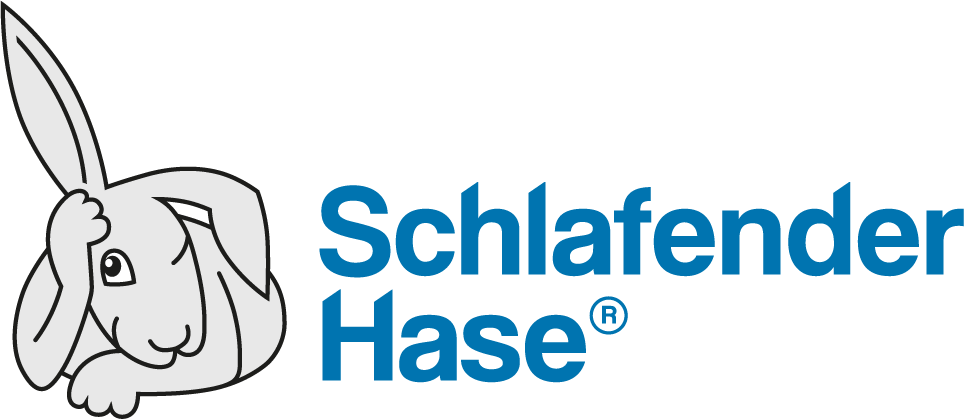It takes endurance and the tools of skilled professionals to advance a new product from R&D through to market. The investment is enormous, and the competition is breathing down the innovator’s neck. Can you afford the costs of product recalls or delays?
The costs of pharmaceutical product recalls
Recalls come at a very high price both in terms of immediate financial costs and ripple effects. Just some of these costs are:
Direct Costs from product recalls:
- Product Recovery and destruction
- Repackaging and relabeling
- Cost of managing the recall, often over many years
Indirect costs from product recalls:
- Lost sales
- Production disruptions (e.g. shutdowns, rescheduling production and reallocating production capacities)
- Litigation costs and fines
- Reviewing, managing and implementing process improvements
- Employee costs (financial cost of personnel, workload, stress, employee satisfaction, difficulty retaining employees)
- Damage to brand and reputation
When a cough syrup supply sputtered
In one much-publicised case, a Swiss manufacturer of medicines wished to release a cough syrup on the market in time for winter. Prior to release, however, a misprint had been found on labeling. As a result, release of the cough syrup was delayed beyond the start of winter and the company lost market share it would otherwise have gained. The cost of the delay ran into € 517-620 million (US$ 550-650 million).
Do you have a product recall plan in place?
As the case in Switzerland shows, recalls cause delays, giving competitors the opportunity to gain market share. Given the long and arduous process of bringing a new product from R&D through to market (over a decade, and often more than $1 billion), delays directly affect the bottom line and often also the availability of a product on the market.
As the US Food and Drug Administration (FDA) points out, recalls “may be conducted on a company’s own initiative or by FDA request”. They are voluntary (as opposed to seizure or other legal action), and the role of the FDA during a recall is to oversee the strategy, classify the recall, and assess whether actions taken by the company are sufficient. [1]
If the threat to public health warrants it, the recall is made public by the company and often by the FDA itself, especially if the company doesn’t notify the public of the recall. According to the danger it poses, recalls are classed into categories of Class I (the most serious) to Class II and Class III (the least serious).
Regulations and guidance on FDA product recalls are provided in the FDA’s 21 CFR Subchapter A, Part 7. Subpart C outlines policies, procedures and responsibilities. [2]
Regulations are the starting point for risk mitigation and your recall plan
- 7.42 deals with recall strategy and its elements. This is a useful starting point for developing a recall plan, which should include elements such as:
- Having a recall team that is in a state of immediate preparedness, with training and mock recalls
- Defining the scope (e.g. customer, consumer, retail, wholesale) of the recall, and the criteria for specific actions
- Notification of regulatory bodies, and communication
- Effectiveness checks (to ensure the consignees have received the information)
The FDA provides guidance on the level of checks (A to E, with A being that all consignees have been contacted in a check)
- Crisis communication
- Effective product retrieval/replacement/refund and storage of the recalled product
- Documentation
- Post-recall review and optimization
For centrally authorized medicines in the EU, the European Medicines Agency (EMA) has a reporting and assessment system, and standard operating procedures (SOPs) for dealing with the required Defective Product Report. [3] National bodies have their own procedures.
Do you have a plan for a competitor product recall?
Recalls and delays impact your own company, but they also impact the market and offer a window of opportunity to the competition – and that may be you. Therefore, it also makes sense to have contingency plans for such situations, especially if the recall affects the availability of a vital medication. This way you can quickly bridge critical supply gaps.
Fast ROI, reduced recall risk when integrating TVT into the workflow
It is essential for a pharmaceutical company to have efficient systems in place for corrective and preventive action (CAPA) in order to investigate root causes of quality failures and prevent recurrences. Depending on the severity of the quality lapse and where it occurs, implementing CAPA following a quality failure can result in substantial costs. Furthermore, if for example the CAPA is deemed by the FDA to be inadequate, the FDA may issue a warning letter, resulting in even higher direct and indirect costs. TVT and its modules TVT Artwork®, TVT Spelling® and TVT Barcode® automate the proofreading process and are an effective step in both correcting a labeling error and preventing errors in labeling from occurring in future. Schlafender Hase is ISO 9001:2015 certified for Design and Software Development for Regulated Environments. Once you have isolated the root cause of the error and ensured that your new master labeling document is compliant, you are in a position to compare all downstream versions of labeling (e.g. artwork versions) to this compliant master document. Any deviations will be immediately highlighted, all actions will be documented, and you can generate and print out a final report, creating a complete audit trail. This brings transparency and accountability to your labeling workflow.
Furthermore, you can integrate TVT easily into any digital workflow system, including quality systems, and capture the results of TVT within those systems.
In terms of prevention and efficiencies, TVT minimizes the risk of labeling and packaging errors, saves time and reduces revision cycles.
Based on a formula taking into account wage, number of hours worked per week and the number of comparisons, you can calculate your own return on investment. It is possible to save over 80% of the time spent on proofreading.
Calculate your own ROI here.





